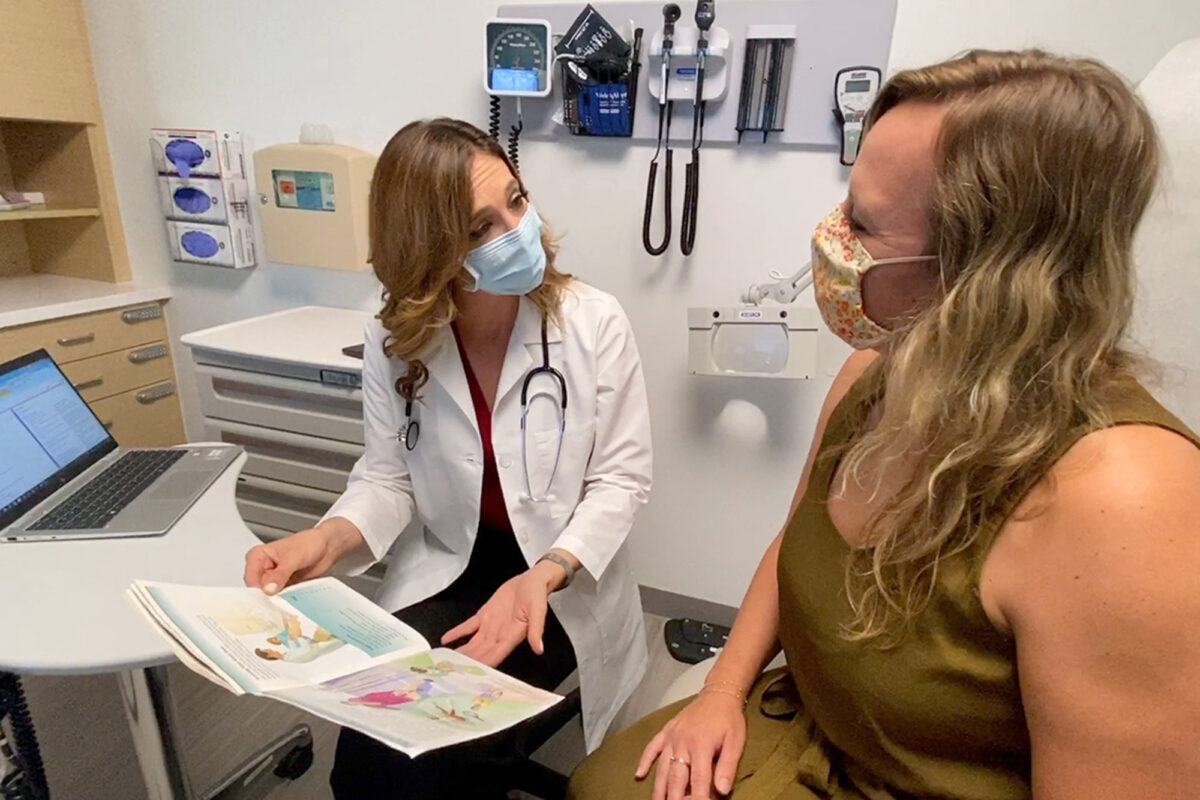Policymakers have spent decades looking for ways to make the U.S. health care system more accessible and affordable while also ensuring high-quality care. The recently passed American Rescue Plan included some promising health provisions. It provided short-term increases in subsidies to reduce premium costs for people with lower-incomes covered through Affordable Care Act health plans and offered incentives for more states to expand Medicaid.
These changes are important, but clearly more is needed. Policymakers and health policy experts continue to focus on what comes next, developing a variety of proposals with more likely to emerge. We hope that a better understanding of Kaiser Permanente’s integrated care model — improved through our 75 years of experience — may suggest elements that could improve our overall system of health care in the U.S.
Various health policy leaders have referenced the Kaiser Permanente model as a promising approach over the years, but it can be difficult for people who do not work directly within the organization to understand the core elements that drive the model. The Kaiser Permanente Institute for Health Policy launched a new series of stories about our integrated care and coverage approach to help health policy and other audiences understand how the elements of Kaiser Permanente’s model combine to support better health and more affordable care for millions of people.
As an economist, I often think about the incentives that influence people and organizations to act. Using that lens, we can consider what aspects of our model support and incentivize the outcomes that Kaiser Permanente achieves.
Our new series begins with an overview of how Kaiser Permanente differs from other financing and care delivery models and moves on to short case studies illustrating how our approach promotes high-quality care and good health outcomes for our members, patients, and communities. We launched this series with 3 case studies and will share more over the coming year.
In short, what these stories all highlight is that our integrated care model is built around care coordination, data usage, and aligned incentives. This not only incentivizes the delivery of care that is both efficient and effective, it allows our organization to focus on the long-term health of our members.
Kaiser Permanente is not perfect; no health care system is. We study and learn from our experience and aim to keep improving. Sharing what works and why is core to our mission to improve health, not only for our members, but for communities. I hope this series will be helpful in health reform conversations, as a framework that can provide insights and possibly spark ideas for new approaches. We have many bright spots to build on, as we move toward the goal of high-quality, equitable, affordable health care coverage for everyone, and a U.S. health system that allows us all to thrive.

